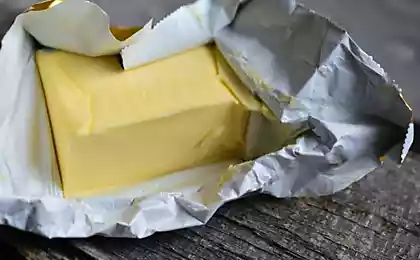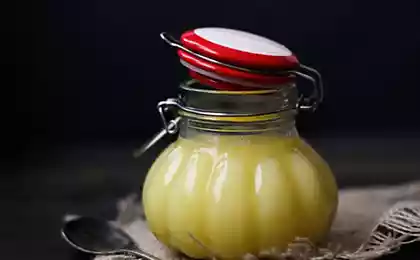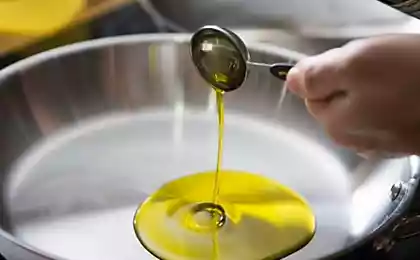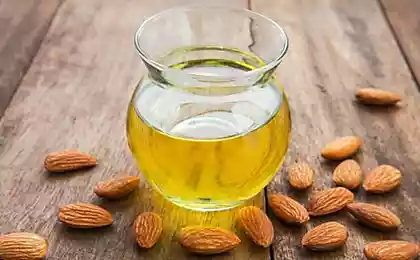142
How to choose butter
It is very difficult for a modern city dweller to choose a quality product. The range in stores is extremely wide, as is the price range. Try to find in all this exactly that, natural, real. Most manufacturers save on ingredients, replacing them with cheap and less quality. Butter is no exception, which we will talk about today.

DepositPhotos
Editorial "Site" will tell you how to choose butter and recognize the fake.
How to choose butter
Here are all the little secrets we wanted to tell you. Of course, there is no real possibility with absolute accuracy to determine a fake at home. Fraudsters have learned too well to pass off a low-quality product for real oil, but these tips can help you. Now you know, which oil to chooseTo bring home only the best!
Not a single butter, so to speak. What a morning sandwich without a piece of hard cheese, right? He has to be good, too. Learn how to choose a real hard cheese. Be vigilant!
Was the article useful to you? Be sure to share it with your friends!

DepositPhotos
Editorial "Site" will tell you how to choose butter and recognize the fake.
How to choose butter
- Title
First of all, pay attention to the packaging, it should be written: “butter butter”. If the inscription says that the oil is peasant, sandwich, amateur, and even worse oil mass, you can safely ignore it, there are definitely other impurities: preservatives, flavor enhancers or flavorings. - Composition
Now turn the package over and read what the oil contains. In this oil, the composition should be only cream, whole milk, and sometimes salt. That's it. If the composition contains vegetable oils (palm, coconut, peanut), then this is margarine.
DepositPhotos - GOST
One inscription “Made according to GOST” is not enough, because margarine can be made according to state standards. You have to look at the numbers. Butter should have the following GOSTs: P 52969-2008 or P 52253-2004. If there will be R 52178-2003, safely return to the shelf, it is margarine. - Price.
A good butter will cost a lot. Well, it does not happen that a quality product is sold for pennies. Natural butter can not be cheaper than analogues from vegetable fats.
DepositPhotos - Fatiness
There is no fat-free or dietary oil. If the product is less than 60% fat, then it is no longer butter. - Shelf life
Real oil cannot be stored for long. The shelf life of natural oil is one month, no longer. Only with the help of preservatives can increase the shelf life to several months.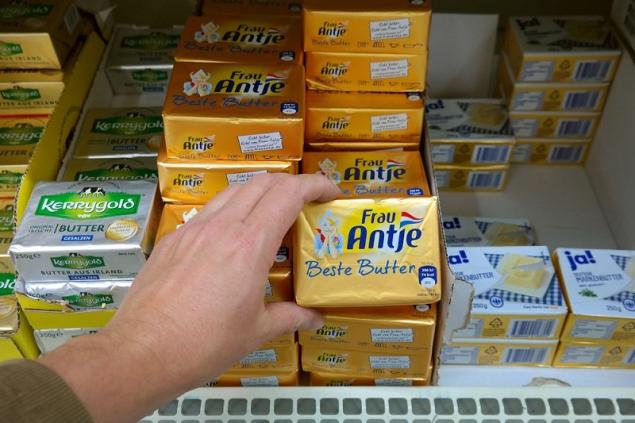
DepositPhotos - Manufacturer
Choose only proven brands that have long been on the market and have already earned a reputation. Many one-day firms release an absolutely low-quality and cheap product to the market, just to cash in on customers. - Consistency
Then we move on to home methods of determining the quality of oil and start with consistency. It should be uniform, and the color - yellow or white without streaks. Real oil is easily separated from the packaging, unlike the spread. It's just gonna be sticky and viscous.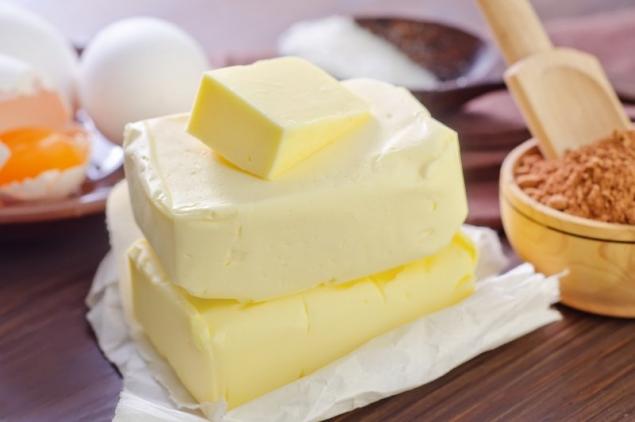
DepositPhotos - The smell.
It's obvious, but the butter should smell like milk. It's a mild, pleasant smell, no impurities. Sourness, mustyness of the oil on the smell indicates poor quality, as well as too rich smell of cream. - Quality test
For the sake of interest, you can conduct a home test on the quality of the product. Put the oil in the freezer for a few hours and then try cutting it. The natural product will break off in pieces. If the oil in the chamber is not hardened, and the pack bends, then you have a counterfeit in your hands. The second way is to put the oil on a heated pan. Real oil will boil but not foam, unlike oil with impurities.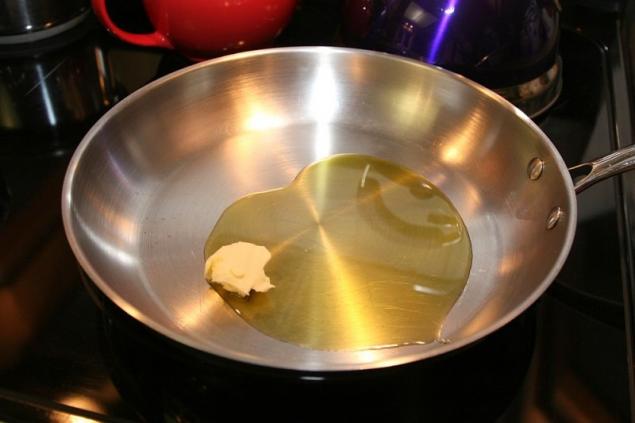
DepositPhotos
Here are all the little secrets we wanted to tell you. Of course, there is no real possibility with absolute accuracy to determine a fake at home. Fraudsters have learned too well to pass off a low-quality product for real oil, but these tips can help you. Now you know, which oil to chooseTo bring home only the best!
Not a single butter, so to speak. What a morning sandwich without a piece of hard cheese, right? He has to be good, too. Learn how to choose a real hard cheese. Be vigilant!
Was the article useful to you? Be sure to share it with your friends!





